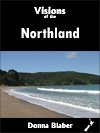There’s a magnetic quality to New Zealand’s Far North. The people and place exude a raw energy that seems as timeless as the primeval landscape. For the traveller, the journey to the point where two worlds meet calls with an insistence that cannot be ignored, and every encounter on the way brings unexpected sights and friendships that are somehow deeply familiar.

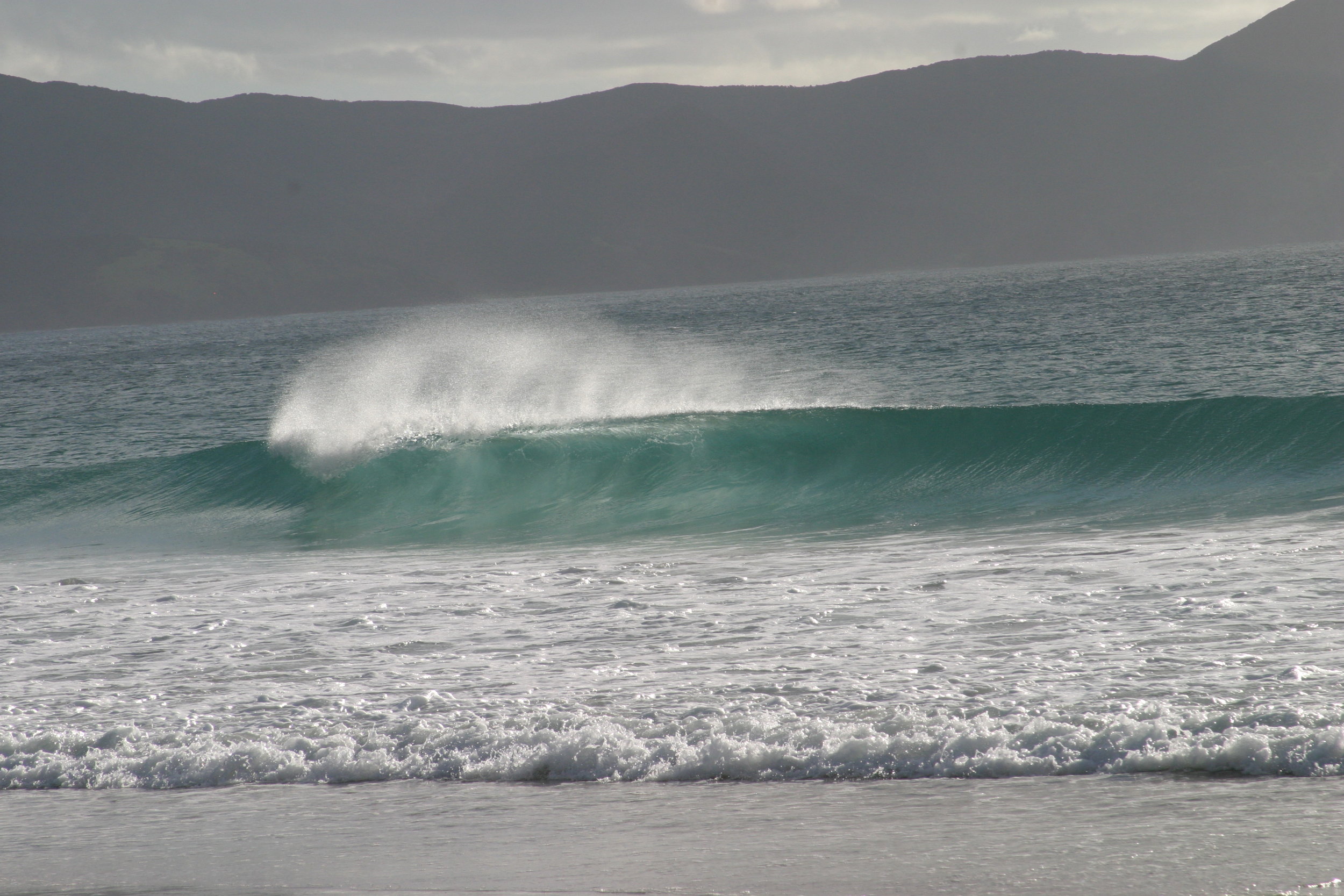


Eerie and unforgettable, the land is shrouded in ancient legend, but as each day breaks, the glorious sunrises bring clear skies and subtropical warmth, soothing the senses and drawing one inexorably onwards to the pulsating heartbeat of this mystical place. According to ancient Maori traditions, the souls of the dead gather at the tip of windswept Cape Reinga before leaping from an 800-year-old pohutukawa tree to begin the voyage back to their final resting place in the ancestral homeland of Hawaiki.
This passage to the afterlife begins at Te-oneroa-o-tohe, more commonly known as Ninety Mile Beach. Spirits travel the length of its sands, bearing gifts of regional tokens such as fern fronds or a manuka cutting. These offerings are placed on Te Arai Rock near the Bluff, and then the journey continues inland at Twilight Beach towards Cape Reinga. A stream marks the crossing over: those who do not drink from it return to the body, while those who choose to quench their thirst continue on to the gnarled pohutukawa tree, and leap, descending through its tangled roots to the seabed. From here they travel to Ohau Island, the largest of the Three Kings Islands (seen on the horizon on a clear day), where they resurface to bid a final farewell before returning to Hawaiki.
Legend it may be, but something – or someone – is definitely in the air as we begin our travels. Crossing a bridge at the base of the Aupouri Peninsula near Waiharara, our leisurely pace attracts attention.
“Kia ora!” some kids yell out, before slipping over the edge one by one into the water.
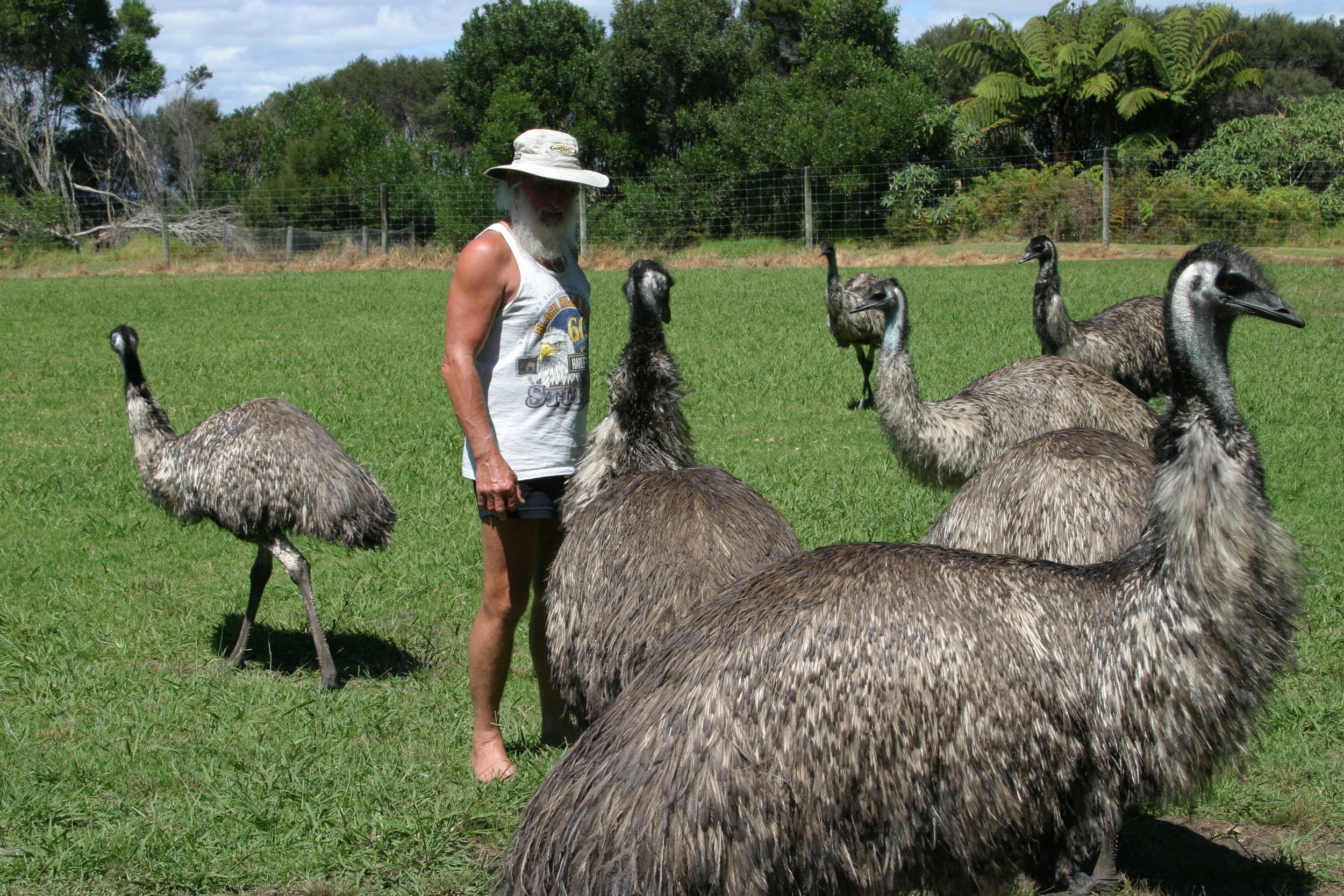
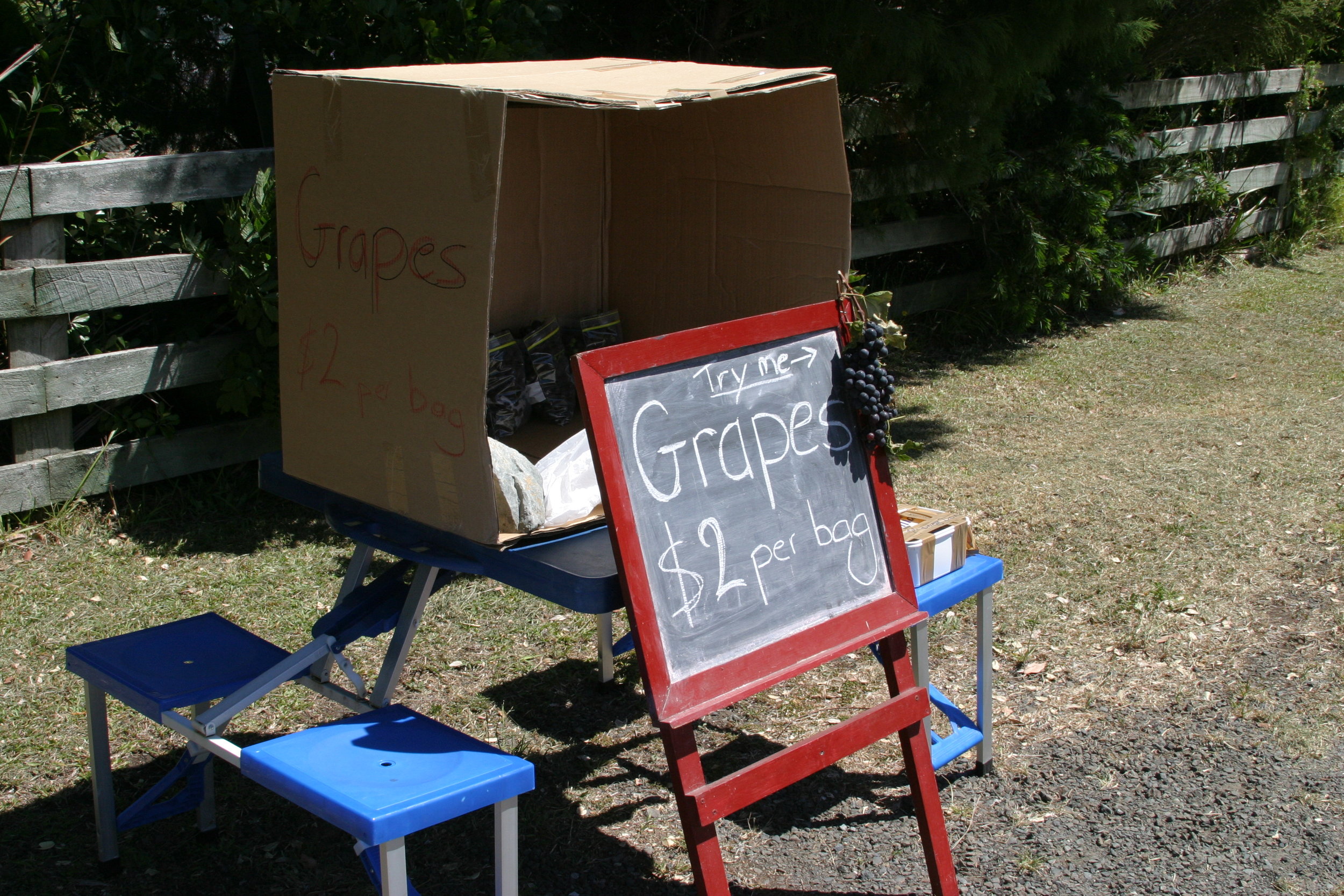


We turn off towards Kaimaumau, a small village of baches bordering the azure blue Rangunu Harbour, and here we meet Northland lifestylers, Rosco and Raewyn Pennell, who say they initially made do with a caravan while they built their dream home and established an alternative lifestyle. Today, the couple produces all of their own meat, and they’re almost entirely self-sufficient, farming chickens, ostrich, emu, and pigs, plus tending to an enormous veggie garden, and a house cow (a beast supplying their daily milk requirements).
From what I can make out all the vegetables grown here in the Far North are super-sized. We pull off the road and park beside a simple roadside stall, to buy an enormous bunch of grapes for only $2.
A fifteen-minute drive later, accompanied by delicious mouthfuls of sunbursting flavour, we turn into Houhora Heads, where a cafe and campground in the best Kiwi tradition take prime position on the water beneath Mt Camel’s brooding gaze. Behind is the Subritsky Homestead, built to last in 1860 from swamp-kauri floorboards, walls of rock and wood, and plaster made of powdered seashells.
“There’s no foundation to speak of,” wheezes a grizzly-looking old timer, seated on the well-worn threshold soaking up the sun. He tells us the row of Phoenix palms out front were planted for their unique root structure, which holds the earth and makes caves, which were apparently “once good for smuggling – but they only ever found stashed food.”
Back at the harbour, a fisherman pulls a good-sized snapper onto the beach. There are lots to be had, he says, both in this sheltered harbour and on the West Coast, a mere 20 kilometres away.
“This is a real twin coast,” he says, tearing out the snapper’s gills. “You’ll see sharks on the west coast, orca on the east – they chase those darned stingrays that keep tangling my line.”
Following his directions, we cross the peninsula to Hukatere, where a hill gives a fine view of Ninety Mile Beach, a magnificent unbroken arch of white sand flanked by the Aupouri Forest. There’s no sign of sharks but I spy a band of fine-looking wild horses roaming free on its sands. There’s a tale told in these parts that these are the descendants of thoroughbreds that escaped a ship wrecked off nearby Cape Maria Van Diemen.
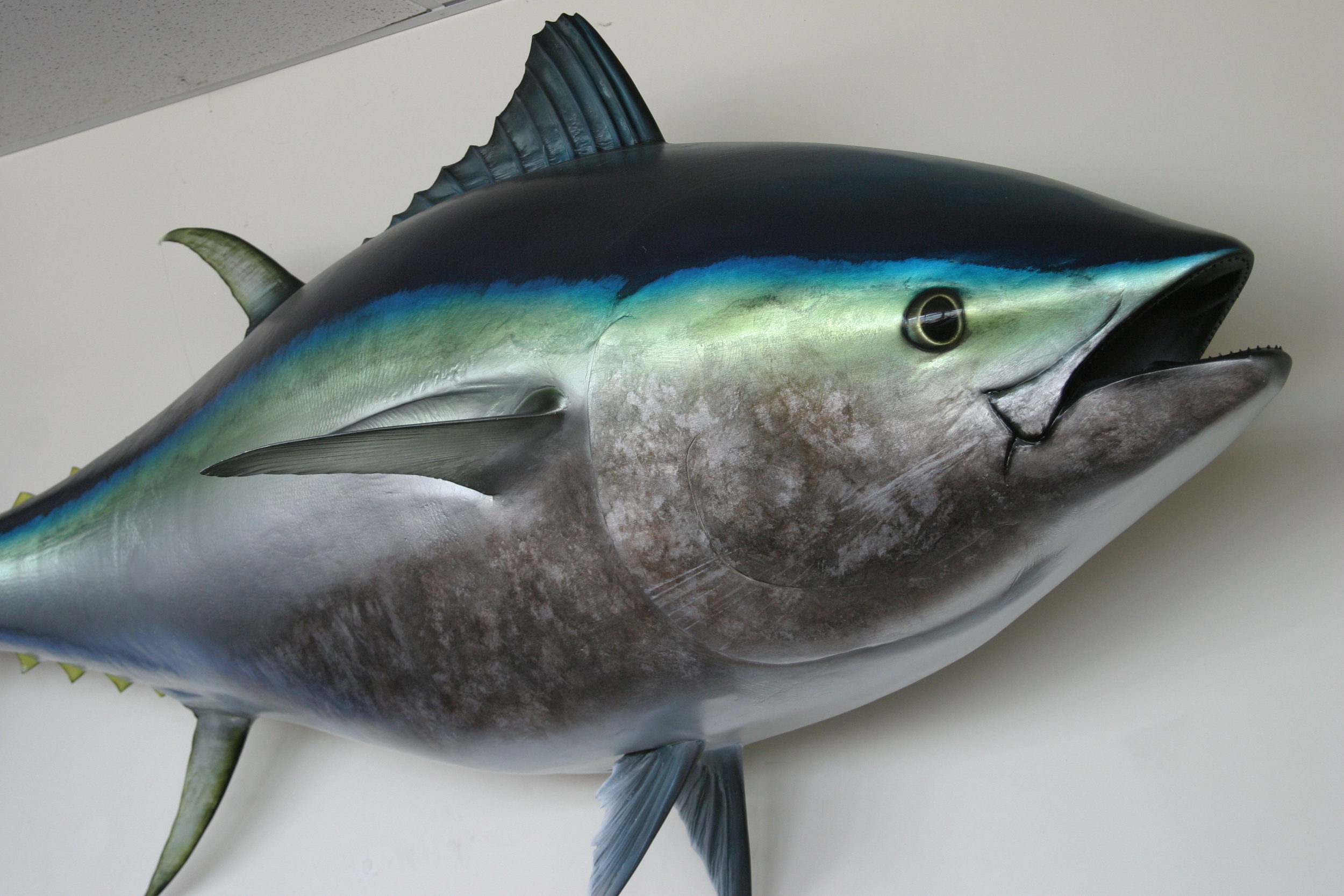
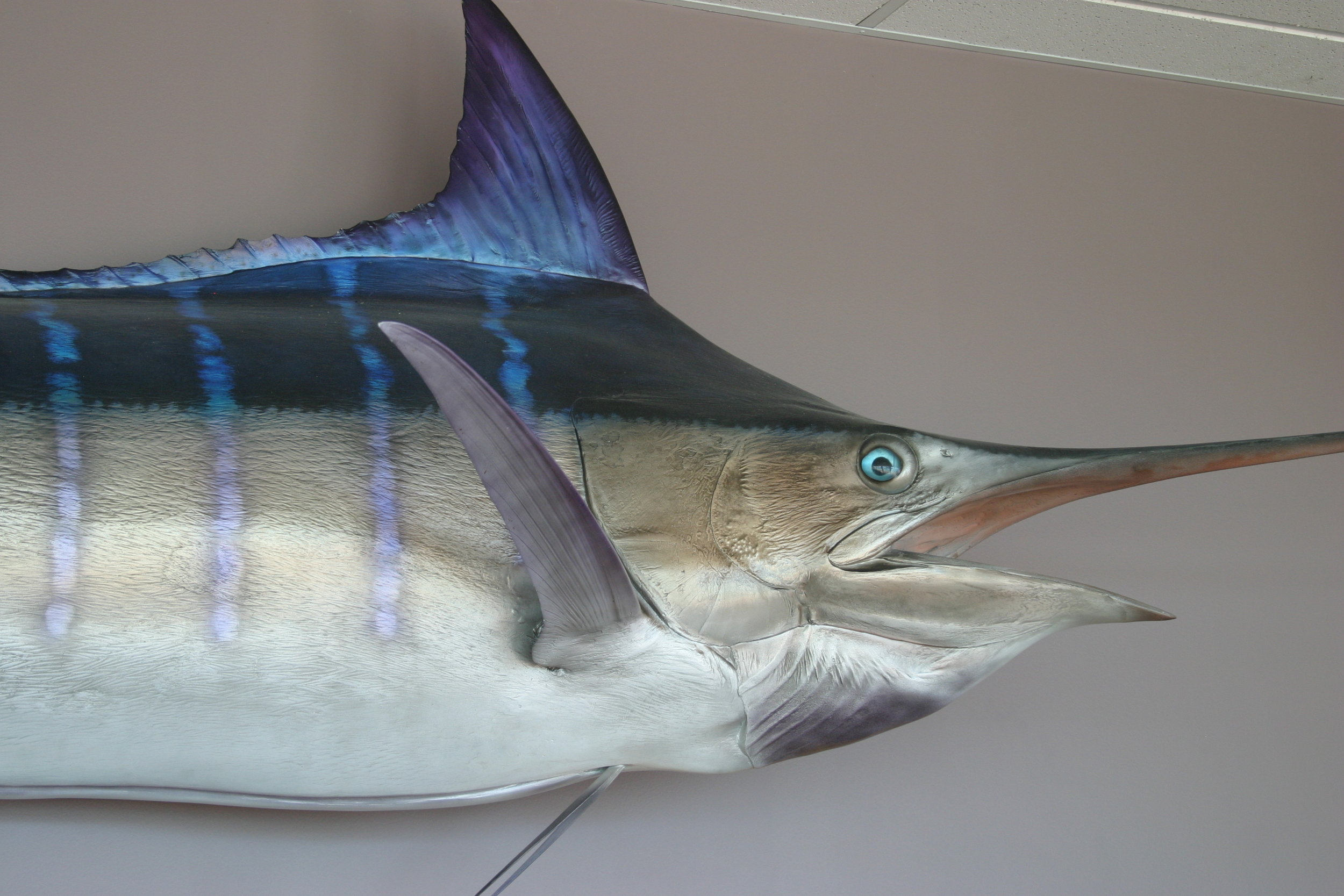
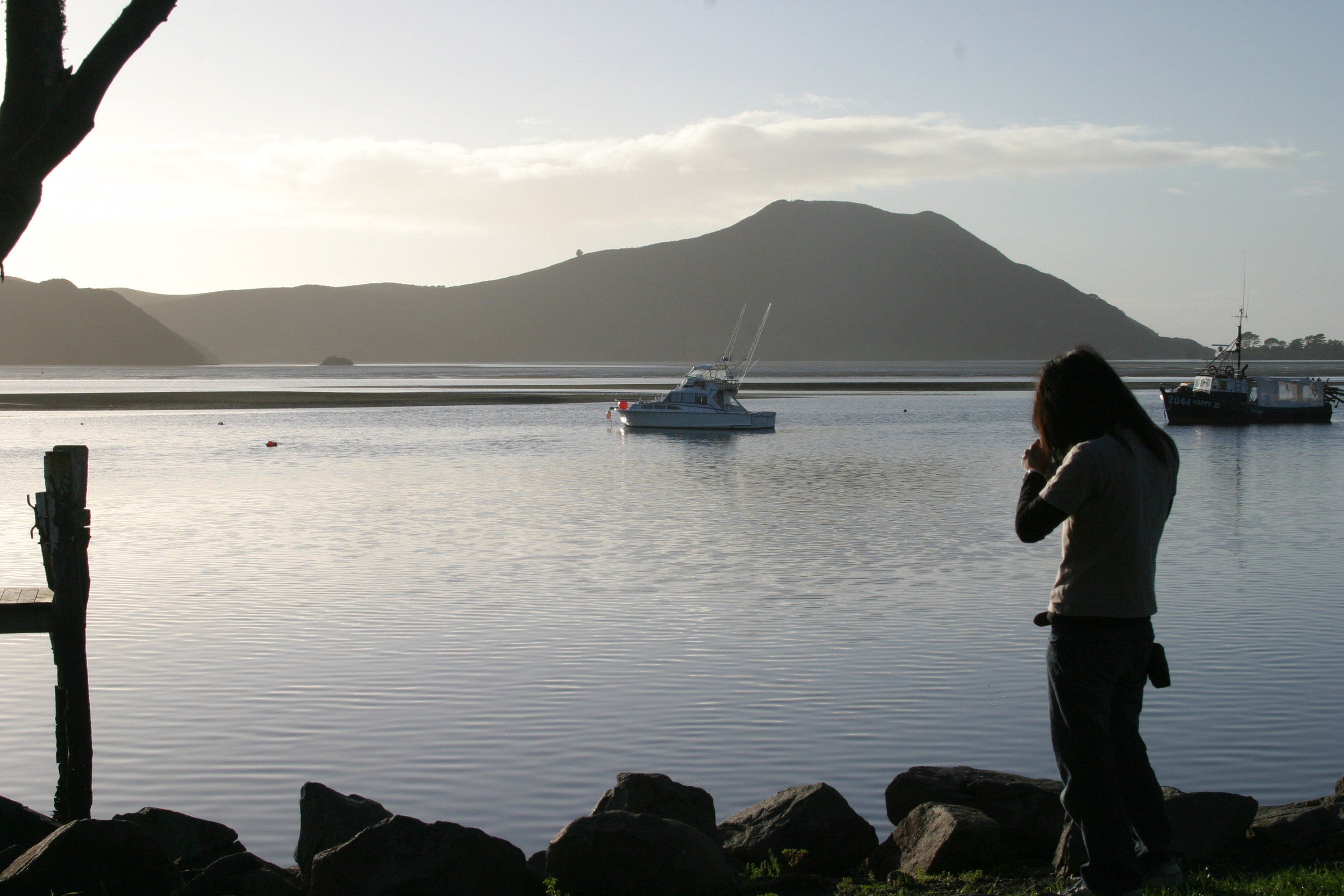
Back in the old gumdigging town of Houhora, we call into the Houhora Big Game and Sports Fishing Club. The harbour views are awesome from here, and there’s an impressive line-up of trophies, including black and blue marlins and blue fin tuna. Here we meet a charter skipper who says he’s had a love affair with this place since he first came as a kid in 1956.
“The road was so bad then between Kaitaia and Houhora that all our supplies were ordered in Auckland and brought up by boat. We got here in a Model 8 but we had to know where every creek was along the way for the radiator!” he says.
There’s plenty to do in Houhora, he reckons, from the plentiful fishing through to beachcombing, fossicking for kauri gum, scuba diving, playing golf, bowling, tennis, and shooting pheasant and wild pigs.
“It’s a haven for kids. The eight to 12-year-olds who come here haven’t even got time to have breakfast!”
The town hosts its own legendary annual hunt where locals compete to catch one pig, one duck, one pheasant, one trevally, and one snapper – all on the same day. The club also holds sports fishing competitions, including the Houhora One Base Game Fishing Tournament, which attracts so many competitors they say you can literally walk across the harbour on moored boats.
I would love to stay, but the urge to continue northwards is growing stronger, so we move on, through Pukenui, where youngsters pull in kingfish from the wharf, and on past New Zealand’s most northerly pub, the Houhora Tavern, whose home is an old woolshed dragged here in 1902. It’s a good place to rub shoulders with hardy Northland types.
At Te Kao we stop at the local store, and join kids eating ice cream on the bench outside. The shop keeper sits in a wicker chair in the sun, tapping her foot to the old-time music drifting from inside, where handmade ketes (bags) jostle for space along with jandals (flip-flops) and baked beans.
At Waitiki Landing I check the gas, and the attendant recommends we take a photo of a half-buried, rather plastic-looking lighthouse at the adjacent campsite which has seen better days. Just north of the landing, the road to Spirits Bay beckons, but the pull of the Cape is now too strong for any side-trips. Maybe tomorrow.
Heading on up the peninsula, the road narrows. To the east are the incredible white silica sand dunes of Kokota, which mark the entrance to the Parengarenga Harbour; to the west, out of view, lie the giant ochre-tinged Te Paki dunes.
With each turn, the outlook alternates between the Pacific and Tasman, like a panoramic tennis match. Suddenly, across the water the awe-inspiring spectacle of Cape Maria Van Diemen looms into view, and we swing into New Zealand’s most northern car park, twelve degrees below the Tropic of Capricorn.
Here, under the watchful gaze of the wind-whipped Cape Reinga lighthouse, the Tasman and Pacific meet, colliding in a fit of fury, spitting salty spray in a tempestuous battle for dominance. Contorted trees grimly cling to the weather-beaten hillside, not daring to glimpse down at the jagged cape and the watchful eyes of its keeper, a solitary gnarled pohutukawa.
I raise my camera but feel suddenly chastised. A cloud comes from nowhere and steals my light. The baleful glare of this ancient watchman seems to dare me to leave. The urge is momentarily overwhelming and my breath catches as I feel the pull of those tangled limbs reaching out toward me above the maelstrom of churning waves and spume.
And then the sensation is gone. The sun emerges, and I peer through the lens, finding a composition of elemental force and tranquility: wind, water, land, sea, tree.
Read more


